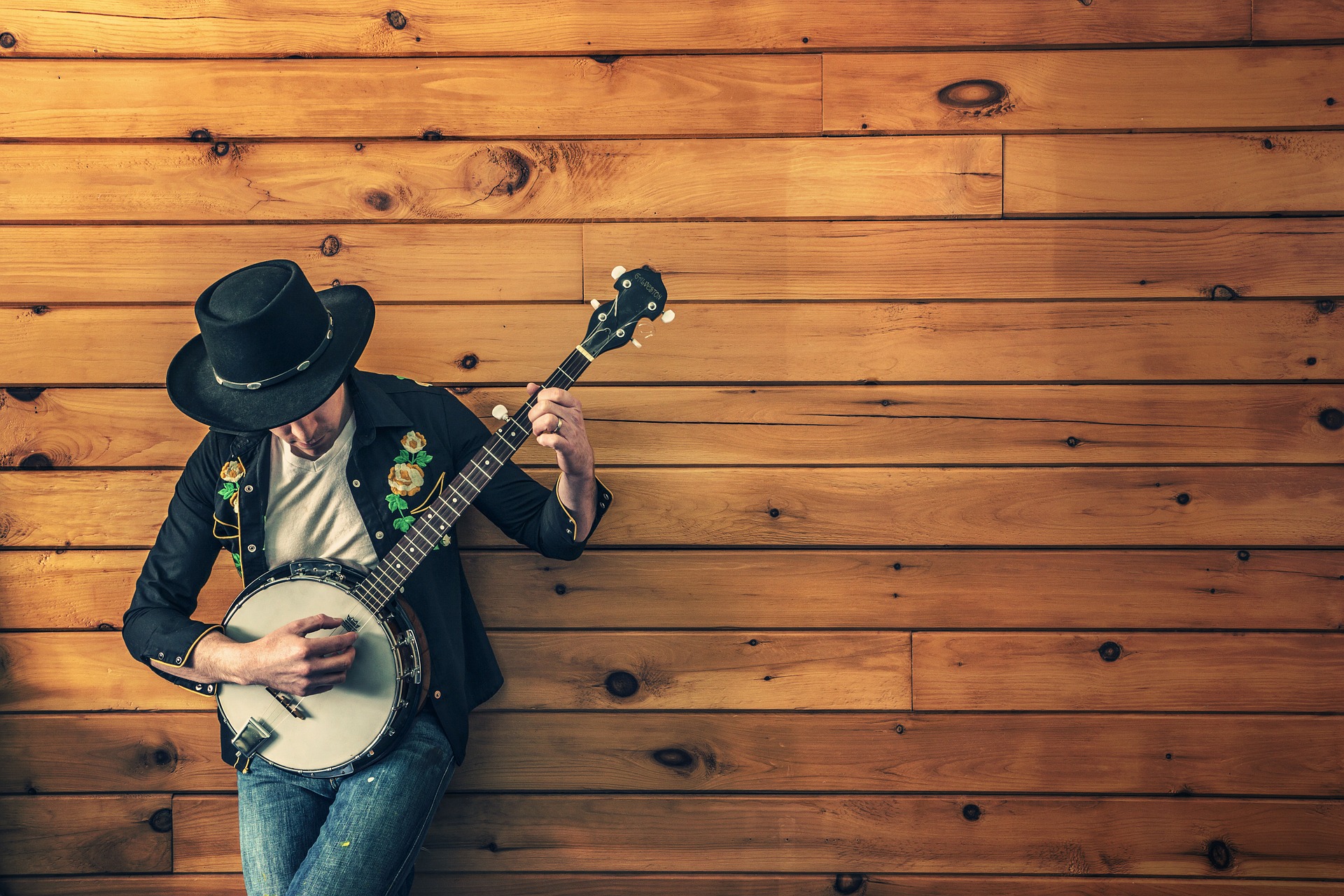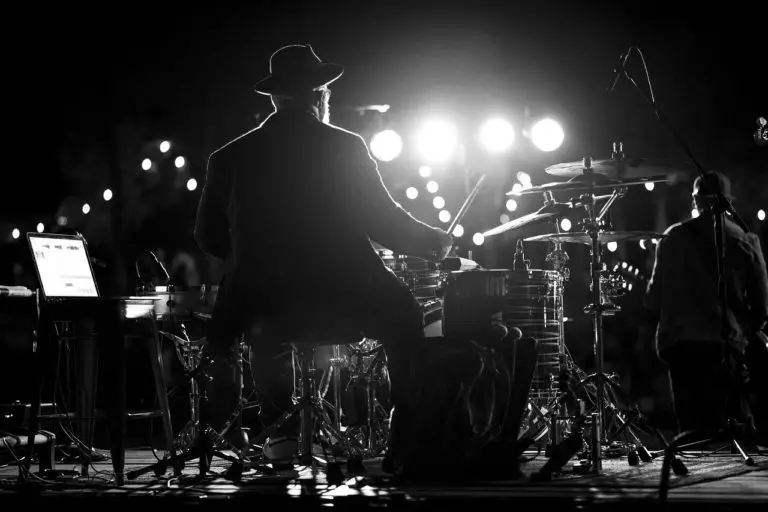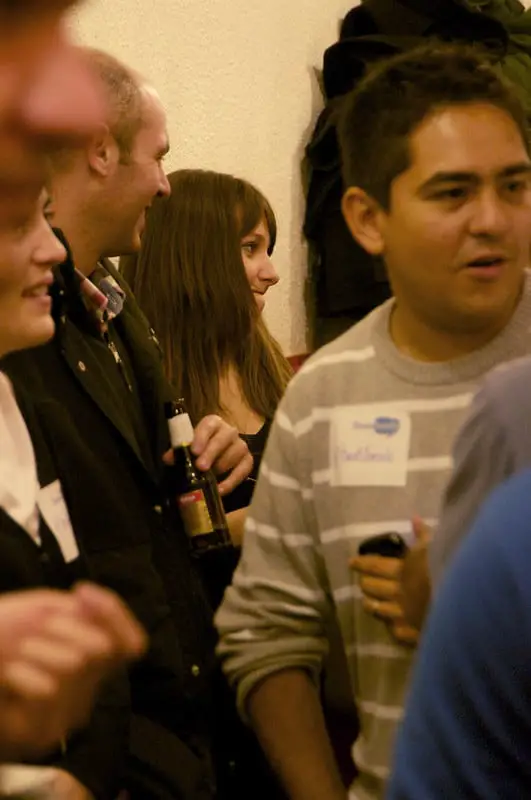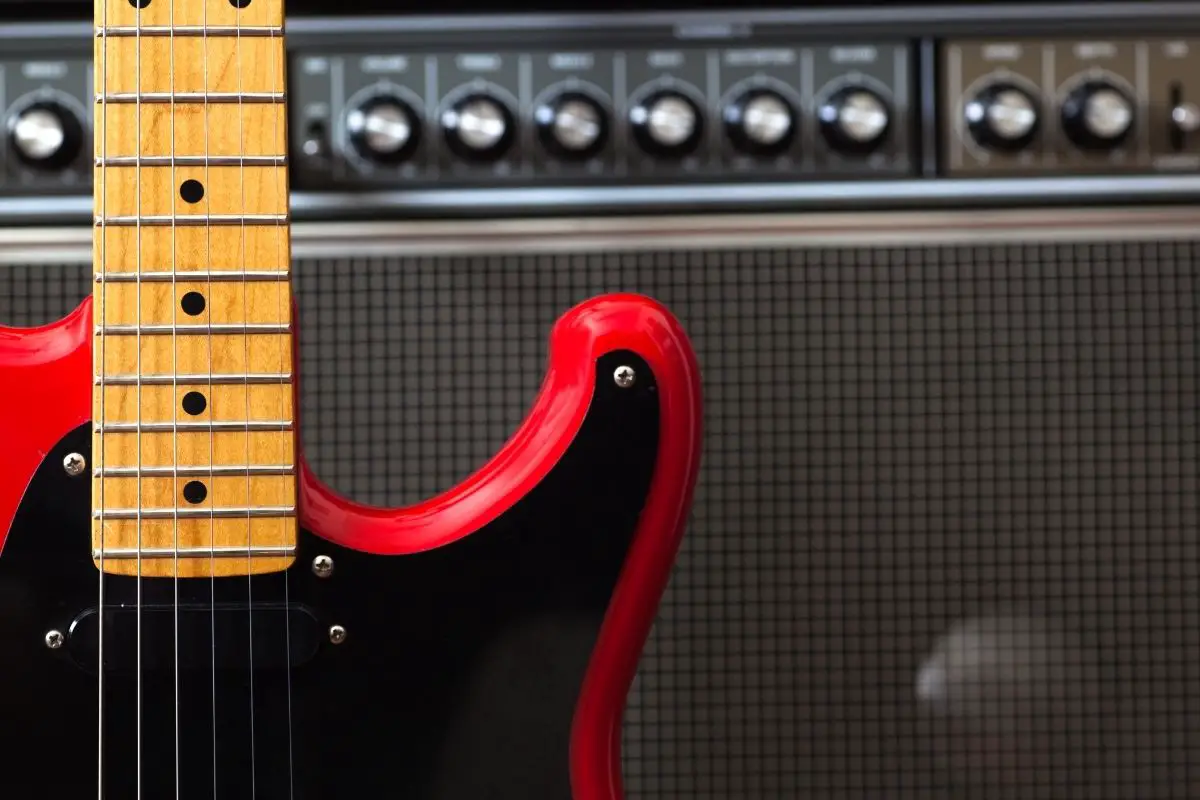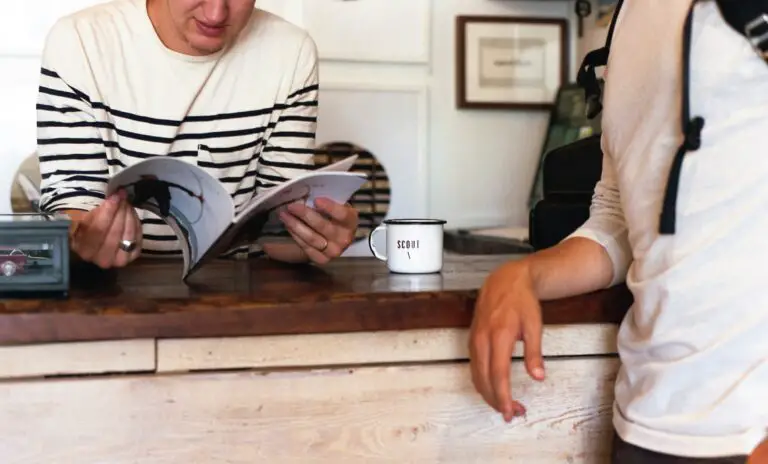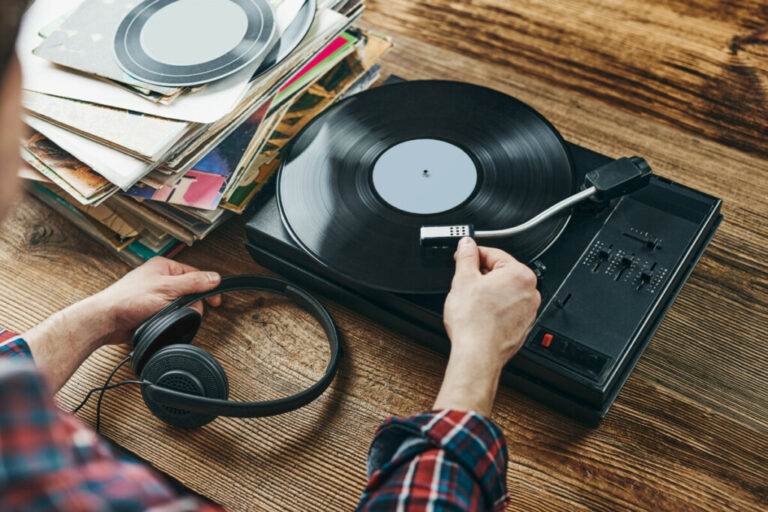How do you know if a song is in the public domain?
Copyright is a nightmare to deal with at the best of times. Thankfully, public domain is usually one of the simpler aspects. So, how do you know if a song is in the public domain? Below is a quick guide:
- Songs made prior to January 1st, 1926 are in the public domain.
- Songs made between 1923 and 1946 are protected for 100 years after publication.
- Compositions from 1947 to 1956 are protected for 110 years.
- Compositions made between 1957 and February 15th, 1972 will have their protection gone on February 15, 2067.
Time is the most common factor for why a piece falls into public domain. However, there are alternative reasons a song can find its way there.
That being said, learning more about the process will prevent plenty of headaches from developing. So how do you know if songs are in the public domain?
What is public domain?
All songs under public domain aren’t protected by US copyright. This means you don’t have to get permission from the original creator, artist, or any involved parties before using it for anything, even commercial purposes.
However, the public domain only refers to the exact version of a song, meaning that any variations aren’t covered. This means if you hear a remix of a public domain song, that remix can still be protected by its copyright owners.
This is one form of royalty-free music, which is among a collection of songs and other audio pieces you can use without payment.
Why do songs end up in the public domain?
Songs end up on public domain for one of four reasons:
- Expired copyright. These include old pieces made before 1926. Some music might even predate copyright law.
- Copyright exemptions. A lot of music performed by the US military falls under this category.
- Cultural significance. Such is the case with the children’s song “happy birthday to you” regarding its use across US culture.
- Creative commons license. Artists can choose to do this to make the song publically accessible.
These reasons give media companies plenty of room to find songs for whatever purpose they need. But it’s not always easy to find this information.
For example, copyright laws vary depending on how the music is protected and where it was published. The laws in the US differ from those used in Europe or Asia.
However, there are ways to circumnavigate this too. Many countries have listings in their laws qualifying what falls into free use.
Three are also plenty of resources that list songs that are free from copyright. All this means that finding songs in the public domain is relatively stress free.
Navigating copyright laws where you live
Despite that though, copyright laws are sometimes difficult to navigate around. After all, the defined rights can vary significantly.
Indeed, copyright in the US varies depending on when the song was written and published. It’s split into three separate categories –
- Created after 1/1/1978
- Written before 1978 but registered after 1/1/1978
- Written and registered before 1978
What makes these categories different is that it affects the length of the copyright itself. For older works, the copyright lasts 75 years from when they were first published. However, this extends to 95 years for any rights to music that was created in that time but not registered.
It gets even trickier with more recent music. With copyright being a major issue with modern music, there are several hurdles to overcome.
The main rule in the law states that copyright lasts for 70 years after the song’s author dies. However, this can be extended.
If works are classed as “made for hire”, the copyright extends to 95 years of publication or 120 years from when it was registered.
However, the battle is not over yet. The date varies if a song has multiple authors. That’s because the 70-year period only begins after the last surviving songwriter dies.
All this means that you won’t be likely to find many modern songs sitting in the public domain. However, many older tunes are accessible for all to enjoy, as we’ve established in the “before 1926” rule.
This only covers the music itself though and not a specific recording. For recordings of older music, there is 100-year copyright for anything made before 1946.
So it’s worth checking everything before deciding to use a piece of music no matter how old it may be.
Accessing Creative Commons content
Although older music may be more accessible, it doesn’t mean newer stuff is completely off-limits. That is because of the creation of a Creative Commons license.
A Creative Commons license means that the music’s right holder is happy for others to use their work without seeking explicit permission.
Having first launched in 2001, the platform has expanded to cover thousands of songs, which are often used in all forms of media.
If you hear the same song in multiple adverts, then there’s a good chance it is due to it having a Creative Commons license.
A Loaded example
A great example of this is the song known as “Loaded.” It’s best known for being the theme song for the famous wrestling tag team–The Hardy Boyz in WWE.
Strangely enough, though, this was a song that WWE didn’t create for their stars. It was created by an unknown composer known as Zacky Tempest, which then-WWE music producer Jim Johnston came across.
With no rights battles, it meant you would’ve heard this song other than in wrestling. That’s because Loaded has been used in several adverts and a Top Gear episode in the UK.
The Hardys continued to use this in many appearances after leaving WWE. However, that changed when they joined the rival platform AEW. Upon signing with the promotion, AEW owner Tony Khan snapped up the rights to the tune for use on all media platforms.
How the Creative Commons license changed song making
With the rise of the Creative Commons license, a whole new sub-industry has formed. That is the rise of platforms creating CC-licensed songs.
Over the last couple of decades, dozens of websites and companies have formed with this goal in mind.
These sites work by compiling dozens of samples into one unique tune. These auto-generated tunes are automatically free for use in the public domain.
The samples used also come under the creative commons license. This is because many websites ask users to agree to the license conditions before submitting their samples.
By doing this, it means that many of these samples don’t include generic sounds but include soundbites of famous speeches, songs and sounds.
Thanks to the popularity of these platforms, there are millions of songs to access without copyright use. The leading platform is the website MusicBrainz which states it has over 37 million tracks uploaded to the system.
With other leading platforms such as CCMixter and NINJAM also racking up similar values, it’s not hard to see why there are now so many songs accessible today.
Respecting cultural boundaries
Classic songs and random-generated content is one thing, but what about cult classics that everyone knows?
Well, culturally significant songs almost are always protected from being copyrighted. These special groups of songs include folk tales, national anthems, and basic rhymes.
It becomes up to the government in most cases. For example, the US government formally recognizes national songs as free from all copyrights.
The law specifically states that “The Star-Spangled Banner” belongs to the American people and thus remains in the public domain.
That is why you see it so freely played at public events and you can hear covers by musicians, such as the legendary rendition by Jimi Hendrix.
Like most songs, culturally significant songs will only leave the music copyright free. It means that singular recordings and clips may still be protected.
It’s always worth checking out those aspects before you think about using any clips of a song as a national anthem.
Do you now know about songs in the public domain?
As you can see, there are plenty of ways to determine if a song is in the public domain or not before using it for your means.
Many commercial songs are covered by copyright law, so it is worth checking up on those rights before using anything of that nature.
However, the rise of Creative-Commons Licenses creates millions of tracks for artists to use without worrying about these issues.
Of course, remember it’s the music – not the recording – that remains in the public domain. Therefore, pay close attention to the recording if you aren’t sure about something.
By navigating these avenues, you will soon learn if a song is in the public domain and free for use for whatever project you have in mind.

